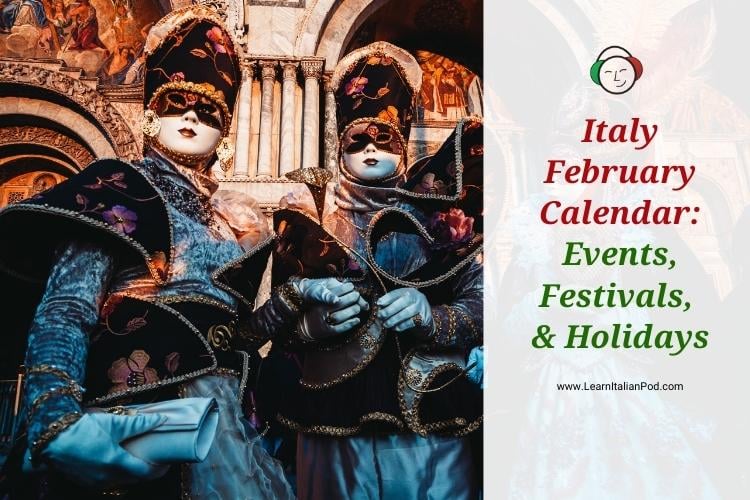7 Top Italian Card Games: Rich History, Endless Fun
Are you interested in learning more about the most popular Italian card games? You’ve come to the right place.
As an Italian native, I’ve relished numerous hours playing these captivating games, which offer a rich socializing experience. I’m thrilled to discover the diversity and richness of Italy’s national card games.
The History of Italian Cards Games

Italian card games have long been a popular choice for leisure and entertainment at gatherings for small and large groups.
These traditional Italian games have a rich history that can be traced back to the late 14th century when the first cards were brought from Mamluk, Egypt, and localized in Italy.
Due to Italy’s regional diversity, different influences contributed to the formation of traditional Italian card games.
The conventional deck had Latin suits and three face cards: the Knave, Knight, and King. However, Spanish, German, and French suits were also commonly used.
While many of today’s games leverage the standard 52-card deck, traditional Italian card games most often use a smaller 40-card deck. This reflects the centuries-old practices that these games are founded upon.
Various regional variations of the Italian deck of cards exist, including the Bolognese, Piacentine, Bresciane, Neapolitan, and Sicilian decks. Each deck brings its own unique flavor to these classic games.
Though the cards’ representations vary across different regions, the Italian suits remain consistent: bastoni (batons), denari (coins), spade (swords), and coppe (cups).
Don’t worry if you don’t have a deck of regional Italian cards. It’s possible to join these century-old games’ fun by removing the 8, 9, and 10 from a standard 52-card deck, effectively transforming it into the deck used in these traditional Italian card games.
The Most Popular Italian Cards Games
Dive into the captivating world of Italy’s most popular card games.
1. Scopa

Scopa, one of the most popular Italian games, captivates players with its blend of strategy, skill, and a touch of luck.
Typically played with an Italian 40-card deck, it can be adapted for a 52-card standard deck by removing certain cards.
Players aim to ‘sweep’ the table by matching cards in hand to those on the table or by playing a card that is the sum of several table cards.
Additional points can be earned through achieving “Scopas,” taking the “Sette Bello,” capturing the “last card,” and more.
With versions for two to six players, Scopa offers dynamic gameplay that changes with each round, keeping players engaged.
This popular game has numerous variations, including the intriguing Scopone Scientifico, which adds an exciting twist to the classic Scopa gameplay. If you are an advanced card player, you’ll enjoy the “Scopone” or “Scopone Scientifico” version of this popular game.
For those seeking to delve deeper into Scopa, one of Italy’s most popular games, we provide a handy reference complete with a comprehensive tutorial on how to play Scopa.
2. Briscola
Briscola is one of the most popular Italian card games in modern-day Italy, a trick-taking card game for 2-6 players that can be played with teams.
Each player starts with three cards, and the next card from the draw pile is placed face-up, which will determine the trump suit for the game. The player to the right of the dealer will take the first turn.
Each participant selects one of their three cards and reveals it on the table for all to observe. The player who reveals the highest card from the leading suit claims the round. If no leading suit (Briscola) cards are displayed, the player with the highest value wins.
The player who has won the most tricks is determined as the winner.
3. Sette e Mezzo
Sette e Mezzo is another Italian card game that translates to “seven and a half.”
The game focuses on building a hand close to but not exceeding 7.5 points using a French 40-card deck. Each card face is worth half a point, while the rest are worth their value.
Cards are dealt one at a time, and players can request more or choose to stay. The closest valid score wins, with the dealer playing without seeing their cards.
4. Tressette

Tressette is another variation of trick-taking games played with four players split evenly into two teams. The standard 40-card pack is used with French cards, and since there are no trump suits, the top play determines the suit for the trick.
If players cannot follow suit, they can play any card but forfeit the chance of winning the trick. When held in hand, certain cards will give the player points. Using vocal cues, one can suggest cards to their partner to assist in scoring.
Suggested Read: 250 Italian Team Names: Funny, Unique & Cool Ideas
5. Primero
Primero is one of the most well-known Italian card games. It uses the Spanish 40-card deck and involves 2-6 players.
The game is a matching game, and the objective is to build a 4-card hand with the highest possible value.
The game features unique hand conditions, and the most substantial hand is the titular Primero, consisting of one card from each of the four suits.
Contrary to common practice, face cards have the lowest value in this game.
6. Ombre
Ombre is a trick-taking card game that originated in Spanish territories and is still played today. The game involves three players using the 40-card Spanish suits.
The “man” player goes against the other two players and tries to win more tricks than them to win the game, only if the bid is reached.
7. Marianna
Marianna is a variation of Briscola designed for two teams of two and is popular among European countries. The game uses the 40-card Spanish deck, but modern-day card rankings are used.
Each player takes five cards face down, placing the remaining cards aside. The dealer leads the first trick, and at the end, each player draws one card from the pile.
If a player holds a king and queen of a suit, they can call “Marianna,” revealing the cards, scoring a bonus, and setting the trump suit until the next Marianna is called.
Italian Card Games: Learn The Basic Terminology in Italian

Now that we’ve explored the most popular Italian card games, why not take the opportunity to boost your Italian vocabulary? Your language skills will impress your Italian friends at the next game night!
It’s helpful to know some fundamental Italian words and phrases in order to truly immerse yourself in the world of traditional Italian card games like Scopa, Briscola, or Tressette.
Remember that the vocabulary might vary across different regions, but the terms provided here are generally recognized and a fantastic starting point for your Italian language adventure.
| English | Italian |
|---|---|
| Let’s play cards | Giochiamo a carte |
| Cards | le carte |
| Deck of cards | il mazzo di carte |
| Player | il giocatore |
| Dealer | il mazziere |
| Shuffle the cards | mescolare le carte / mischiare le carte |
| Cut the deck | tagliare il mazzo / alzare el mazzo |
| It’s my turn | tocca a me |
| It’s your turn | tocca a te |
Next, let’s familiarize ourselves with the Italian names for the suits and ranks in a standard “mazzo di carte” (deck of cards).
| English | Italian |
|---|---|
| Batons | Bastoni |
| Cups | Coppe |
| Money/Coins | Denari |
| Swords | Spade |
The traditional Italian playing cards have ten cards for each suit.
| English | Italian |
|---|---|
| Ace | Asso |
| Two | Due |
| Three | Tre |
| Four | Quattro |
| Five | Cinque |
| Six | Sei |
| Seven | Sette |
| Jack/Knave | Fante (valued at 8) |
| Knight | Cavallo (valued at 9) |
| King | Re (valued at 10) |
Suggested Read: Learn Italian with Games: Best 10 Websites & Apps
Italian Card Games FAQ

Get answers to commonly asked questions about Italian card games and enhance your understanding of these captivating games from Italy’s rich gaming tradition.
What are the suits of the Italian playing cards?
A classic Italian card deck, often used in well-liked games like Scopa and Briscola, comprises forty cards. These cards are categorized into four suits:
- Denari (coins)
- Spade (swords)
- Coppe (cups)
- Bastoni (batons)
What are the three most popular Italian card games?
The trio of card games that dominate the Italian gaming scene are Scopa, Briscola, and Tressette.
Each has its unique charm and challenges that capture players’ interest, making them incredibly popular.
What is the national card game of Italy?
Scopa is Italy’s national card game. It transcends age groups, bringing Italian family members and friends together for countless hours of fun and friendly competition.
Suggested Read: Learn the fascinating origin and history of bocce ball, the third most popular sport in the world.
Who produces authentic traditional Italian playing cards?
If you’re looking for authentic Italian playing cards, consider the offerings from Dal Negro, Modiano, and Cartamundi. These companies have a rich history of producing high-quality, traditional Italian card decks that promise an authentic gaming experience.
Final Thoughts
In conclusion, Italian card games have a rich history and are still popular today. They are a great way to socialize and pass the time with friends and family.
Whether you prefer trick-taking games or matching games, there is an Italian card game that will suit your interests. May the last played card be yours!
Further Reading:
- Unveiling the Meaning of Tombola: A Beloved Italian Tradition
- Test Your Snack Knowledge With This Italian Snacks Flip Card Trivia Quiz







